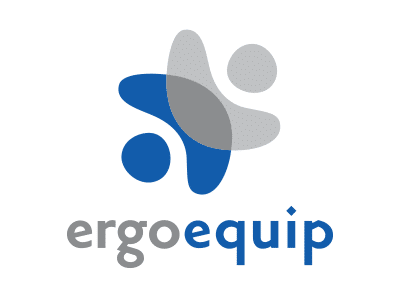Four Principles For Successful Hybrid Working

Hybrid working has quickly become the new norm in today’s ever-evolving business landscape. This innovative approach blends the flexibility of remote work with the collaboration of in-person interactions, offering employees the best of both worlds. However, achieving success in a hybrid working environment requires careful planning and adherence to key principles. In this article, we’ll explore four essential principles for mastering hybrid work and driving success in your business.
Principle 1: Embrace Flexibility and Adaptability
Flexibility lies at the core of successful hybrid working. With employees juggling various responsibilities and preferences, it’s essential to offer flexibility in work arrangements and schedules. Embrace a hybrid-friendly approach that allows employees to choose where and when they work based on their individual needs and circumstances.
Provide options for remote and in-person work, as well as flexible scheduling arrangements to accommodate diverse work styles and personal commitments. By empowering employees to work in a way that suits them best, you foster a culture of trust and autonomy that promotes employee satisfaction and productivity.
Workplace Ergonomic Solutions:
While flexibility is key, ensuring a healthy work environment is crucial. Encourage employees, both in-office and remote, to invest in ergonomic furniture like adjustable chairs and desks to maintain proper posture and prevent musculoskeletal issues. Offer guidance on creating ergonomic home office setups or provide support for purchasing ergonomic equipment.
Principle 2: Prioritize Communication and Collaboration
Effective communication is vital for success in a hybrid working environment. Whether employees are working remotely or in the office, it’s crucial to maintain open lines of communication and facilitate seamless collaboration. Leverage digital tools such as video conferencing, instant messaging platforms, and project management software to keep teams connected and engaged.
Encourage regular team meetings, check-ins, and virtual social gatherings to foster a sense of belonging and camaraderie among team members. By prioritizing communication and collaboration, you ensure that everyone remains aligned on goals, projects, and deadlines, driving collective success in your business.
Hybrid Working Tip:
Invest in communication skills training for managers and team leaders. Effective communication is a learnable skill, and equipping leaders with the necessary tools to communicate clearly and confidently across locations can significantly benefit your hybrid team.
Principle 3: Support Employee Well-being with Ergonomic Solutions
Employee well-being is paramount in a hybrid working environment. As employees transition between home and office settings, it’s essential to prioritize their physical and mental health. Invest in workplace ergonomic solutions such as adjustable desks, ergonomic chairs, and proper lighting to create comfortable and ergonomic workspaces for employees, both in the office and at home.
Encourage employees to take regular breaks, stretch, and practice mindfulness to reduce stress and prevent burnout. Additionally, provides resources for mental health support and encourages open conversations about well-being. By prioritizing employee well-being, you create a supportive and inclusive work environment that fosters productivity and engagement.
Hybrid Working Tip:
Lead by example. Senior management setting a positive example by taking breaks, disconnecting after hours, and utilising available well-being resources sends a powerful message to the entire workforce.
Principle 4: Foster Inclusivity and Equity
In a hybrid working environment, it’s essential to ensure that all employees have equal access to opportunities and resources, regardless of their location or work arrangement. Foster inclusivity by actively involving remote employees in meetings, decision-making processes, and social activities through video conferencing and virtual collaboration tools.
Implement policies and practices that promote equity and fairness, such as transparent performance evaluations, flexible career development opportunities, and accessible communication channels. By prioritizing inclusivity, you create a diverse and equitable workplace culture that celebrates individual contributions and drives collective success.
Hybrid Working Tip:
Encourage informal interactions. Consider incorporating dedicated “virtual water cooler” time into team schedules, allowing for casual conversation and fostering a sense of camaraderie amongst remote employees.
Mastering hybrid work requires embracing flexibility, prioritizing communication and collaboration, supporting employee well-being with ergonomic solutions, and fostering inclusivity and equity. By adhering to these principles and implementing practical strategies, businesses can navigate the challenges of hybrid working and drive success in the modern workplace. With a focus on flexibility, communication, well-being, and inclusivity, businesses can thrive in the era of hybrid work and position themselves for long-term success in the competitive business landscape.


